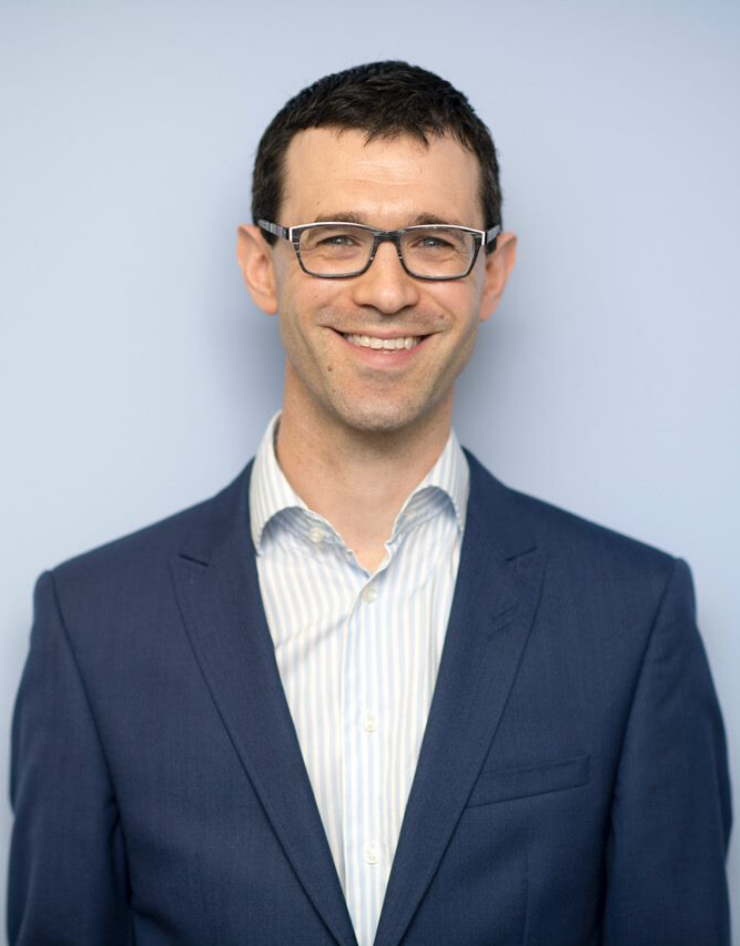Share
A team approach with the patient at the helm is the ideal model for providing multidisciplinary glaucoma care.

Patients value clinicians who listen to their concerns and fears, counsel them about their disease and its treatment options, and establish a quality long- term therapeutic relationship. Good clinician-patient interaction can enhance the therapeutic value of administered treatments.1 Providing patients with the skills, knowledge and confidence to make informed decisions leads to optimal long-term successful participation in their management.
True – this approach is not for all patients, many of whom simply expect (and want) to follow whatever plan the doctor sets. However increasingly, patients are better informed and want detailed explanations, as well as clear strategies and treatment options from which to choose with guidance, if their alliance with their clinician is strong.
Achieving Management Success
In glaucoma, the crucial predictors for management success are medication adherence and participation in regular clinical monitoring. Increasingly, patient- focused educational interventions are used in the management of glaucoma.2 Education about the nature of glaucoma, its prognosis, the need for ongoing monitoring and treatment improve the patient’s knowledge and experience.3 Patient education has been shown to improve adherence4,5 and better adherence has been linked to a better prognosis in glaucoma.6
There may be unspoken fears for the future; allowing patients the opportunities to express these, and addressing them appropriately can be beneficial; often multiple sessions are required.7 Counselling to improve glaucoma knowledge and providing patients with opportunities to discuss their concerns have a significant impact on patients’ treatment satisfaction, wellbeing and anxiety level.7, 8
Although we generally take the time to counsel patients during clinical practice, patients should be encouraged to seek further information from a third party or reputable website. There is only so much time in a day for busy clinicians, and only so much a patient can absorb in one consultation, in which stress from a recent diagnosis might impair their comprehension and their retention. This approach can improve treatment success: Friedman et al found that glaucoma patients who acquire information from sources external to their doctor have the best medication adherence.9
Advantages Of Third Party Counsel
Glaucoma Australia is a not-for-profit organisation that for many years has provided free patient services. These include counselling, leaflets, support groups, regular glaucoma newsletters and options to ask questions directed to an Expert Advisory Medical panel. The impact of these services has recently been evaluated. A short-term randomised clinical trial was published measuring the impact of glaucoma-specific counselling on glaucoma knowledge and disease-related anxiety.10 One hundred and one newly diagnosed open angle glaucoma patients from 13 centres across Australia were randomised 1:1 into the intervention arm (usual clinical care from ophthalmologist and counselling from Glaucoma Australia) and control arm (usual care from ophthalmologist). After four weeks the intervention arm, but not controls, had improved knowledge levels (p=0.02); and intergroup analysis revealed a significant reduction in anxiety from the intervention (p=0.02).
So, third party counselling and external information is not only linked to better medication adherence, it also improves glaucoma knowledge and anxiety, at least in the short term.
“She was grateful to have been offered these options and felt empowered to make the best possible treatment decision for herself”
Referring To Glaucoma Australia
The traditional GA model has been to encourage clinicians to refer patients by mail or phone to GA at the time of glaucoma diagnosis. However, there are a variety of barriers to this, and despite much encouragement over the years, the service is only used for a small proportion of newly diagnosed glaucoma patients in Australia.
Technology provides new solutions for old problems; realising the limitations of the traditional referral model, GA is exploring IT solutions to better connect with glaucoma patients and their families. Today GA is modernising for the digital age, building a sophisticated, informative and interactive website, with tailored entry portals for patients, optometrists, ophthalmologists and pharmacists. One exciting opportunity is via new software interface platforms. When an optometrist or ophthalmologist refers a glaucoma patient or suspect using Oculo for example, upon their consent, an electronic contact with GA is generated. The patient is then electronically invited to the GA webpage, and social media and email for subsequent patient contact becomes possible. This approach requires an interface between clinicians and IT experts to be fine- tuned to ensure we are capturing the right patients – work is underway.
More work is also needed to further evaluate the kind of counselling that are appropriate – what media should be used, what constitutes sufficient information, and how many counselling sessions are required. When training ourselves and junior clinicians, more emphasis should be placed on the art of clinical interaction and education, not just the science and skills of clinical optometry and ophthalmology. We should embrace new technology to improve patient screening, education and communication, harnessing the opportunities provided by personalised devices, digital media and sophisticated networking.
Building bridges with advocacy groups and other healthcare professionals, and strengthening the bonds of the glaucoma health team can only be beneficial to our patients.
“We should embrace new technology to improve patient screening, education and communication”
References
- Neumann M, Edelhauser F, Kreps GL, et al. Can patient- provider interaction increase the effectiveness of medical treatment or even substitute it?--an exploration on why and how to study the specific effect of the provider. Patient education and counseling. 2010; 80: 307-14.
- Cate H, Bhattacharya D, Clark A, Fordham R, Notley C and Broadway DC. Protocol for a randomised controlled trial to estimate the effects and costs of a patient centred educational intervention in glaucoma management. BMC ophthalmology. 2012; 12: 57.
- Do AT, Pillai MR, Balakrishnan V, et al. Effectiveness of Glaucoma Counseling on Rates of Follow-up and Glaucoma Knowledge in a South Indian Population. Am J Ophthalmol. 2016; 163: 180-9 e4.
- Sleath B, Blalock SJ, Carpenter DM, et al. Ophthalmologist-patient communication, self-efficacy, and glaucoma medication adherence. Ophthalmology. 2015; 122: 748-54.
- Newman-Casey PA, Dayno M and Robin AL. Systematic Review of Educational Interventions to Improve Glaucoma Medication Adherence: an update in 2015. Expert Rev Ophthalmol. 2016; 11: 5-20.
- Sleath B, Blalock S, Covert D, et al. The relationship between glaucoma medication adherence, eye drop technique, and visual field defect severity. Ophthalmology. 2011; 118: 2398-402.
- Kong XM, Zhu WQ, Hong JX and Sun XH. Is glaucoma comprehension associated with psychological disturbance and vision-related quality of life for patients with glaucoma? A cross-sectional study. BMJ open. 2014; 4: e004632.
- Rhodes LA, Huisingh CE, McGwin G, Jr., et al. Eye Care Quality and Accessibility Improvement in the Community (EQUALITY): impact of an eye health education program on patient knowledge about glaucoma and attitudes about eye care. Patient Relat Outcome Meas. 2016; 7: 37-48.
- Friedman DS, Hahn SR, Gelb L, et al. Doctor-patient communication, health-related beliefs, and adherence in glaucoma results from the Glaucoma Adherence and Persistency Study. Ophthalmology. 2008; 115: 1320-7, 7 e1-3.
- Skalicky SE, D'Mellow G, House P, Fenwick E and Glaucoma Australia Educational Impact Study C. Glaucoma Australia educational impact study: a randomised short- term clinical trial evaluating the association between glaucoma education and patient knowledge, anxiety and treatment satisfaction. Clin Exp Ophthalmol. 2017.



